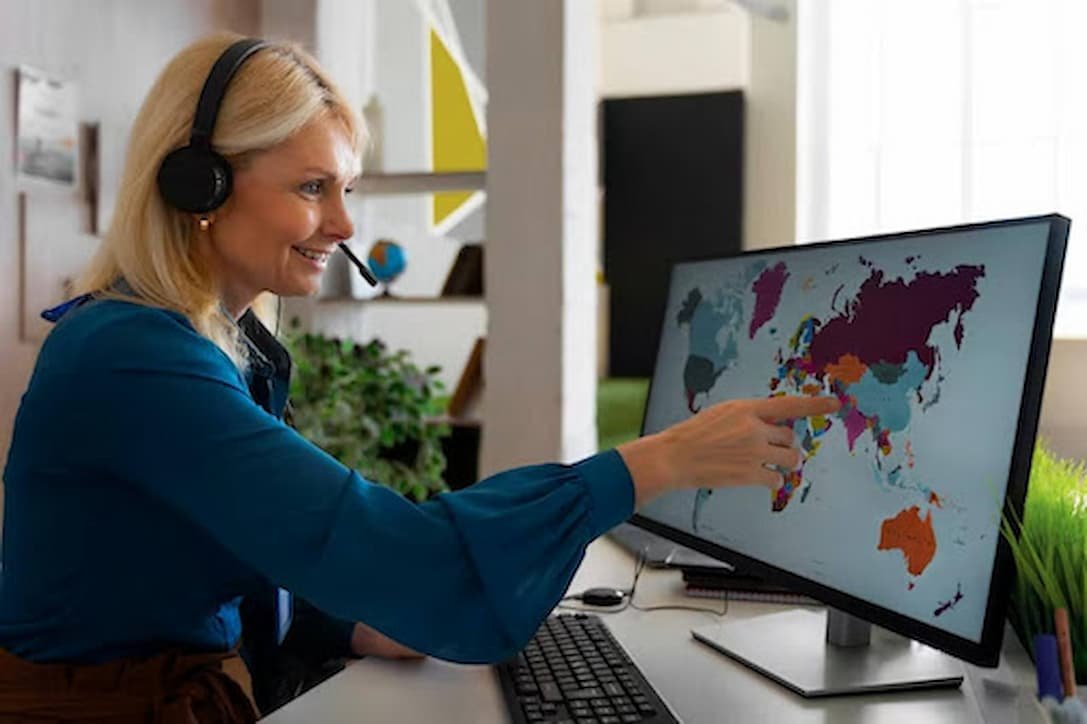Finding the best translation advice can be challenging. Accuracy and clarity are key whether you’re translating for business, personal use, or international expansion. This guide will help you find reliable translation services, avoid common mistakes, and ensure high-quality results. Read on to discover expert tips and strategies to make your translations seamless and professional.
Translation is more than just converting words from one language to another. It involves understanding cultural nuances, context, and the intended audience. Whether you need professional translation services for legal documents, marketing content, or personal communication, choosing the right approach is crucial.
Many people struggle with inaccurate translations, leading to misunderstandings and even legal issues. In this article, we’ll explore the best ways to get expert translation advice, how to select the right services, and tips to ensure accuracy. By the end, you’ll know to make well-informed translation choices.
Why Translation Advice Matters
Before diving into how to find the best translation advice, let’s understand why it’s crucial.
- Avoiding Miscommunication: A poorly translated document can lead to confusion and misinterpretation.
- Maintaining Professionalism: High-quality translations reflect positively on your business or personal brand.
- Legal and Compliance Issues: Inaccurate translations can cause legal problems, especially in contracts or official documents.
- Cultural Sensitivity: A translation should respect the culture and customs of the target audience.
Seeking expert translation advice can help you avoid these pitfalls and achieve accurate, high-quality results.
Where to Find the Best Translation Advice
- Professional Translation Services
Hiring a professional translation agency is one of the best ways to ensure accuracy and reliability. These agencies offer certified translators who specialise in different fields, such as legal, medical, or technical translation.
Benefits of Professional Translation Services:
- Expertise in multiple languages and dialects
- High accuracy and quality control
- Industry-specific knowledge
- Quick turnaround times
- Freelance Translators
Working with a freelance translator can be a great option if you have a smaller project or need a more personalised approach. Websites like Upwork and Fiverr connect clients with experienced translators.
How to Choose a Good Freelance Translator:
- Check their portfolio and reviews
- Ask for a sample translation
- Ensure they have experience in your industry
- Confirm their fluency in both source and target languages
- Online Translation Communities and Forums
There are many online communities where translation professionals share advice, tips, and best practices. Platforms like ProZ.com and TranslatorsCafe provide valuable insights and recommendations.
What You Can Learn from These Communities:
- Best translation tools and software
- Common translation challenges and how to overcome them
- Industry trends and updates
- Referrals to trusted translators and agencies
- Translation Software and AI Tools
While machine translation tools like Google Translate and DeepL can be helpful, they are not always accurate. They work best for general understanding but may struggle with complex or industry-specific content.
When to Use AI Translation Tools:
- For quick and informal translations
- To get a rough idea of a text’s meaning
- When human translation is not an immediate option
However, it’s always best to consult a professional for business or official documents.
- Language and Translation Courses
Taking a language or translation course can be beneficial if you frequently deal with translations. Many universities and online platforms offer courses on translation techniques and best practices.
Popular Online Platforms for Learning Translation:
- Coursera
- Udemy
- LinkedIn Learning
- Rosetta Stone
These courses can help you understand translation basics and improve your language skills.
Tips for Getting High-Quality Translations
No matter which method you choose, following these tips will help you achieve better translation results:
- Define Your Needs Clearly
- Specify the target language and audience
- Mention any industry-specific terminology
- Provide reference materials if available
- Check for Cultural Accuracy
Translation is not just about words—it’s about meaning. Ensure that cultural nuances and local expressions are considered.
- Use Human Proofreading
Even if you use translation software, have a human translator review the final version for errors and clarity.
- Be Aware of False Friends
Some words look similar in different languages but have completely different meanings. Be cautious with direct word-to-word translations.
- Use Consistent Terminology
Maintaining consistency in terminology is crucial for business translations, especially in legal and medical fields. Translation glossaries can help.
- Test Your Translations
If possible, have a native speaker review the translation and provide feedback before using it officially.
Common Translation Mistakes to Avoid
Even experienced translators can make mistakes. Here are some of the most common errors and how to prevent them:
- Ignoring Context
Words can have different meanings based on context. When requesting a translation, always provide full sentences instead of isolated words.
- Over-Reliance on AI Translation
While AI tools are helpful, they should not be the sole method for translating essential documents.
- Not Considering Regional Differences
Languages vary by region. For example, Spanish spoken in Spain differs from Spanish spoken in Mexico.
- Skipping Proofreading and Editing
A second review can catch errors and improve readability. Always proofread before finalising a translation.
- Using Direct Word-for-Word Translation
This often results in unnatural and incorrect translations. Instead, focus on conveying meaning.
Conclusion
Finding the best translation services and advice is essential for accurate and effective communication. Whether you choose a professional service, a freelance translator, or a translation tool, understanding your needs is key. Always prioritise accuracy, cultural relevance, and quality control to avoid costly mistakes.
By following expert tips and best practices, you can ensure that your translations are professional, clear, and meaningful. The right approach will help you communicate effectively across languages and cultures, making your message impactful and well-received.
